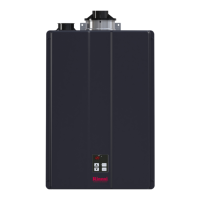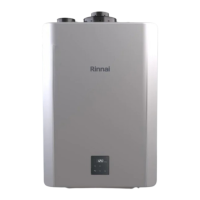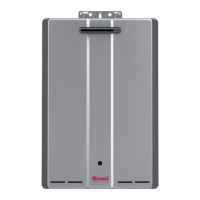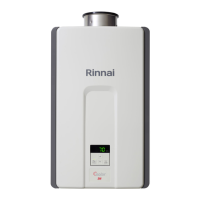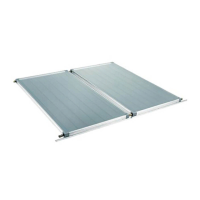2 11/6/2018
© 2015 Rinnai America Corporation
PROPRIETARY and CONFIDENTIAL
Enhancing Lives By Changing The Way Water Is Heated
Product Changes
a. Primary Heat Exchanger:
- Why Stainless Steel? The Next Generation unit adopted a zero governor gas valve system
which has a high TDR (turn down ratio). With this system, the entire burner is operational.
This can lead to high levels of condense, even at low input. Therefore; a stainless
steel heat exchanger with corrosion resistance is necessary, as a copper heat exchanger
could become clogged by corrosion.
b. Burner:
- Why use stainless steel mesh? To eliminate resonance noise in the event the burner is
compromised or the flame becomes uneven. The stainless steel mesh is resistant to the
generation of the combustion noise.
c. Safety Circuit:
- Why were the thermo-fuses eliminated? When using a stainless steel heat exchanger it
eliminates the possibility of a hole being created due to corrosion. Even if cracks are
generated due to stress, those will not proceed to the point where enough heat will
escape causing overheating of other components within the appliance. Therefore; no
need to use thermal fuses.

